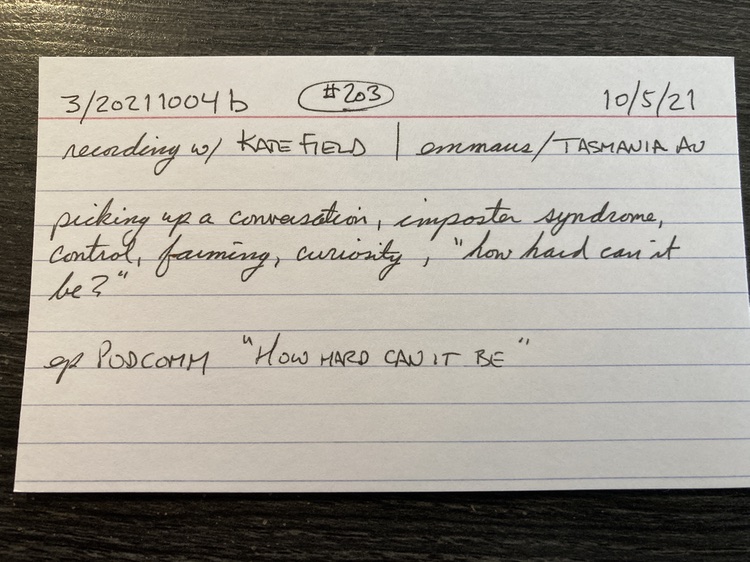How does the evolution of a creative project influence its format and approach over time?
This conversation explores the transition from traditional publishing to podcasting as a medium for impactful storytelling.
As a father of two young girls who cares deeply about climate change but doesn’t have a lot of, you know, technical proficiency, I’m not an engineer; I’m not going to build a new solar panel, trying to figure out what I could do with my skill set to have an impact.
~ Ryan Flahive (0:52)
This conversation explores the shift from traditional publishing to podcasting as a means of amplifying impactful stories, particularly on climate change. Ryan reflects on his professional background in publishing and their decision to create a podcast instead of writing a book. He shares how this medium enables a more dynamic and accessible approach to storytelling while overcoming technical and logistical challenges.
Several topics emerge, including the importance of consistency in building momentum, strategies for engaging guests, and the adaptation required to balance personal interests with audience needs. The discussion highlights how leveraging past connections and experiences can ease the transition to new formats, all while navigating the complexities of content creation and audience engagement.
Takeaways
The evolution of a creative project — from idea to execution — often involves adapting to new mediums.
Storytelling in podcasting — creates a unique opportunity to engage with diverse audiences and subjects.
Consistency and cadence in podcasting — serve as a critical foundation for building momentum and maintaining an audience.
Technology challenges in podcasting — require creative problem-solving to ensure stories are heard.
Guest selection strategies — such as leveraging high-profile names early, can elevate a podcast’s credibility.
Balancing personal interests and audience needs — shapes the format and focus of a project.
The importance of community in podcasting — counters the isolation of independent creators.
Resources
Joel Salatin — A prominent figure in regenerative agriculture, mentioned as a guest on the podcast.
COP 26 — The UN Climate Change Conference where young leaders, including a Ugandan guest, participated.
Greenpeace Rainbow Warrior — A ship used to transport young leaders to climate meetings.
Jane Goodall — A renowned primatologist who was highlighted as a significant guest on the podcast.
Ryan Flahive — Ryan’s web site.
Climate Changers — Ryan’s podcast.
(Written with help from Chat-GPT.)
ɕ

